Longitudinal studies are a key element of any serious public health program. Asking the same questions and taking the same measurements of the same people periodically over extended times provides a wealth of valuable information for everything from diagnoses to prevention efforts, identifying who’s likely susceptible to what and when, and forming the basis for recommending changes in behavior, vaccination schedules, etc. Unfortunately, it appears that the recent research cuts by Health and Human Services and its constituent agencies as well as other governmental departments, may have ended some of these studies
Trump’s reckless damage to healthcare, both here and abroad, can never be fully repaired, in part because of the many lives that have, and will be, needlessly lost as a result of his actions.
Actions are a potent form of communication, as demonstrated by the Trump Administration’s defunding of WHO, dismantling of USAID, and decimation of HHS, NIH, CDC, FDA, and more. The result, in all of these cases, is that people will die, and the communication is those taking these actions simply do not care.
Robert F. Kennedy, Jr. is widely believed to be in line for a significant health-related position in the new administration, possibly even Secretary of Health and Human Services (HSS). Not only is he uniquely unqualified for such a role, but actions he might take could endanger the health of millions of people both here and abroad.
In 2016, Donald Trump proposed that Robert F. Kennedy, Jr. lead a commission on vaccine safety and scientific integrity, a stunningly bad idea that fortunately never came to fruition. In 2024, Trump is proposing an even broader commission while Kennedy wants a whole-sale take over and redirection of the National Institutes of Health. A look what all this communicates.
The scaffolding technique of communication –building and layering message upon message with the intent of evoking a progression of emotional responses– is highly effective and examples of this can be found everywhere, including, of course, relating to matters of health.
COVID is still with us and we’re still testing, so how good are the instructions that come with those tests?
Though the circumstances are tragic, when the war ends Ukraine will have a unique opportunity to totally reimagine its healthcare infrastructure and delivery systems. This article suggests some ideas of what that might entail.
What color you believe COVID is depends on where you live and what you know. For some people, perception is reality, but for some companies, leveraging that perception with an intent to deceive or defraud is illegal.
The Prescribing Information and Patient Information sheet that accompanies prescription drugs is so poorly designed that it's unlikely many people read it. A few simple changes might make it more readable and ultimately more useful, too.
DC’s COVID vaccination sticker is a missed opportunity for public health communication. These communications are like a coral reef; accreted bit by tiny bit they can become something functional, effective, and beautiful. So pay close attention to the small stuff.
As the CDC’s new director, Rochelle Walensky will have an enormous job fighting the COVID epidemic.
A different –but intricately related– job will be restoring CDC’s scientific independence and public standing.
Here are four suggestions to help rehabilitate the agency’s image and reputation.
In the US, the COVID-19 crisis has shown that we need to rebuild not just public health and medicine, but the larger social fabric of which they’re a part. The scope of such an undertaking is enormous and the complexity increased by the many interconnections among institutions, attitudes, laws, and practices. Here’s an idea of how to think about this challenge.
Amidst the COVID-19 outbreak, debunking conspiracy theories and teaching us all to think more critically has become a 2nd job for all health professionals. Here are 6 yardsticks we can all use to parse the lies and find the truth.
Here are three essential truths about trust and some thoughts on what they mean for public health.
Communication is the most important component of trust.
The erosion of trust hampers all communication.
Trust is easily broken, but difficult to build or sustain.
A formula design can symbolically display the components of an effective communications campaigns and how they interrelate. This might be useful for teaching, guiding clients, and focusing your communications team.
The efficacy and safety of vaccines are facts. It makes no sense to be pro- or anti- a fact (—would anyone ever say they were pro- or anti- gravity?—), so it makes no sense to be anti-vax. And too often, the use of anti-vax compels the media to give it equal attention to a corresponding pro. Except that it isn’t equal and so shouldn’t be afforded that attention.
Whether in words or diagrams explaining a chain of determinants or consequences can be a powerful way to communicate. You not only bolster your argument but you also arm your reader to do likewise as they then explain it to others.
The task of cataloging and unwinding all of the deliberate or misguided Trump Administration changes to the nation’s healthcare system could be aided by the 2016 Presidential Transition Briefing Books as well as the Cabinet Exit Memos. They provide a detailed picture of agencies and departments at the end of the Obama Administration.
Beginning today and over the next two years, we should collectively assemble a comprehensive plan for the next American administration to restore the country’s public health system and its role in global health leadership. We should be creating the ‘Health Recovery Plan’ now rather than wait for a hectic transition period in 2020/2021.
To enhance the effectiveness of patient education and counseling, practitioners might adopt some of the techniques of advertising. These include frequent repetition of key messages, emphasizing benefits not just procedures, and associating success with persons well known and respected by the patient (a form of indirect endorsement).
Consequences, not just facts and procedures, should be an essential part of most health communications. A redesigned nutritional food label is an intriguing example.
The field of Health Communications is broad and complex, not easily summarized in a chart or table. Please use this collection of cards showing the actor, audience, intent, and example of several of these methods to map out communications campaigns –in the field of health or otherwise.
The gist of a story can often be more memorable than the precision of a fact. Stories are often more easily repeated, and can have a longer life and a more lasting effect. So non-profits, NGOs, and intergovernmental organizations profitably build stories into any appeal for funding or any effort to raise awareness of the organizations and/or their causes.
Given the power of the bully pulpit, the extraordinary persuasiveness of the media, and the proven efficacy of the flu vaccine, it’s surprising how little U.S. presidents have publicly communicated and led by example on this issue.
WHO should create a second website devoted to topics of personal health and wellness, as opposed to the broader, global health topics of its current site.
Updates to earlier posts on the UN Secretary General, CVS and Taget’s ClearRX system, Apple’s ResearchKit, and a look at who’s engaging and who’s engaged on social media.
During the Presidential debates there was slight reference to healthcare in the US and no mention at all of global health issues.
Seven reasons why Americans appear to be far more concerned about Zika than malaria.
Like all of his or her predecessors, the next Secretary General of the UN will have little to no significant experience in global health. Is this a problem or a missed opportunity?
Is it a realistic goal to vaccinate every child on Earth, from birth - 19, for 15 deadly and disabling diseases? A back-of-the-envelope calculation yields a surprising answer.
The NIH’s Dr. Anthony Fauci is without question a remarkable researcher and administrator…but as a health communicator, he has few peers.
How valuable would it be to have a tool that both sorted NGOs by the services they performed and by how effective they were in doing so?
CDC does a remarkable and laudable job of influenza surveillance. Still, could it be improved? Maybe, yes…and probably, not.
A look at the words we use to describe the risk / chance / chances / odds / likelihood / possibility / probability of contracting infectious diseases.
The need to differentiate Results from Activity and Enumeration and why how NGOs and GOs can best keep faith with all of their stakeholders.
Looking at 18, prominent, global health organizations to see what social media they are using and what levels of engagement they achieve.
From the perspective of packing, labeling, and design, why CVS should replace its amber pill bottles with Target’s ClearRX system.
Given all the hoopla at the launch of Apple Watch, you’d be forgiven if you missed a short segment that day (March 9, 2015) where Apple introduced an app-building suite called ResearchKit. Designed to make it easier for medical researchers to conduct large-scale studies, it has the potential to be a game-changer in public health.
Soliciting ideas can be as helpful ––and powerful–– as soliciting funds.
Why NGOs need to thread the needle on balancing descriptions of need with expressions of hope in all of their communications.
Could an image on a t-shirt and a simple change in language help erase the stigma of Ebola?
Given the remarkable success of the (Red)™ campaign to fund AIDS research and treatment, might similar campaigns to fight tuberculosis (Blue)™ and malaria (Yellow)™ make sense?
A look at the 100 best-selling prescription pharmaceuticals reveals the extent to which the color blue predominates in their logos and branding.
The Global Fund recent made subtle shifts in its branding. Was it signaling a shift in its mission as well, from concentrating on three diseases to a broader approach to health generally?
How does Gavi’s new branding compare to its previous version?
Music is remarkably powerful in its ability to evoke emotions. As Gavi demonstrates in a recent video, it should not be overlooked in communicating your message.
CVS has made a dramatic change to its front-of-store display space. Are they giving up some short-term revenue for a longer-term repositioning?
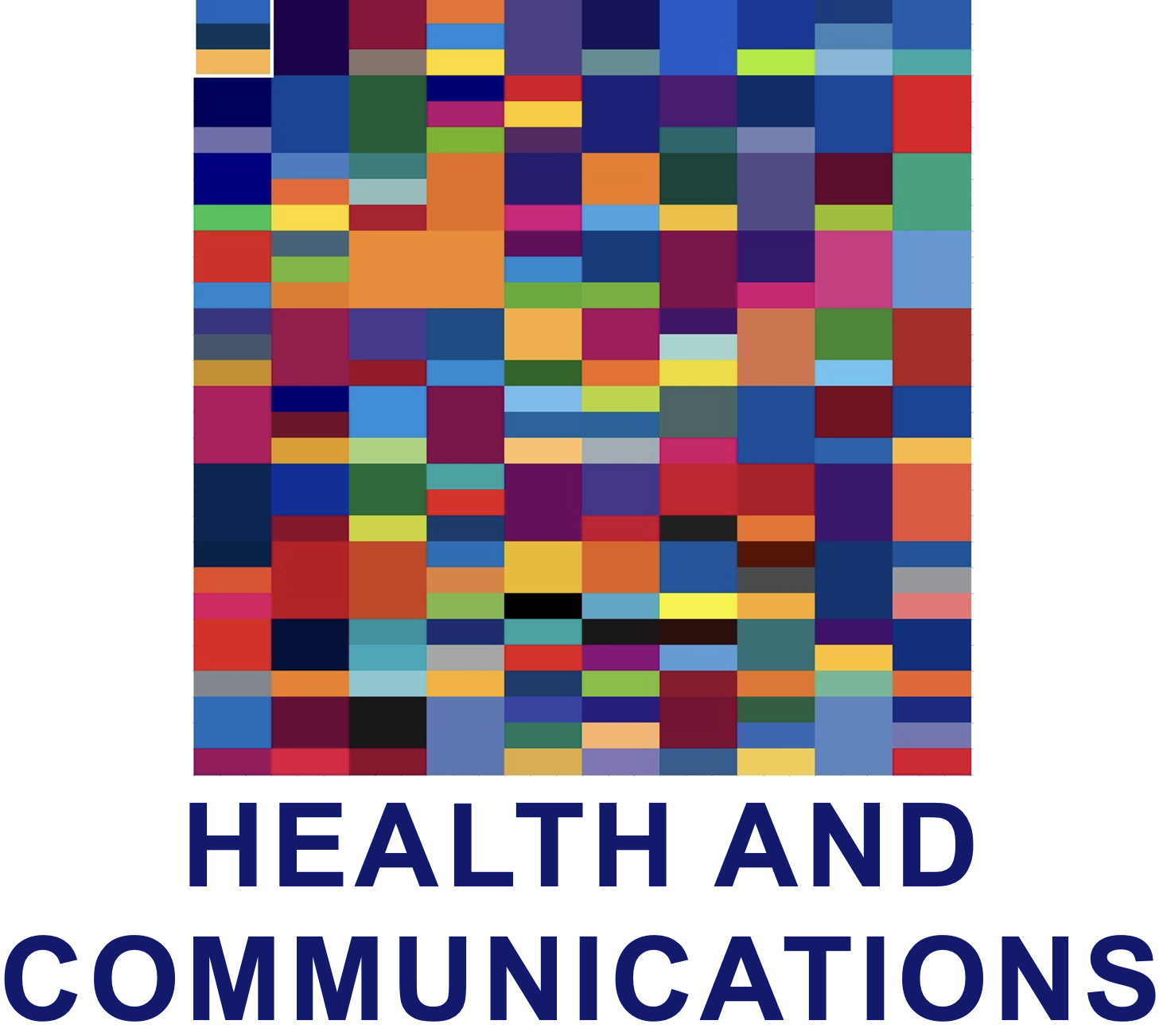










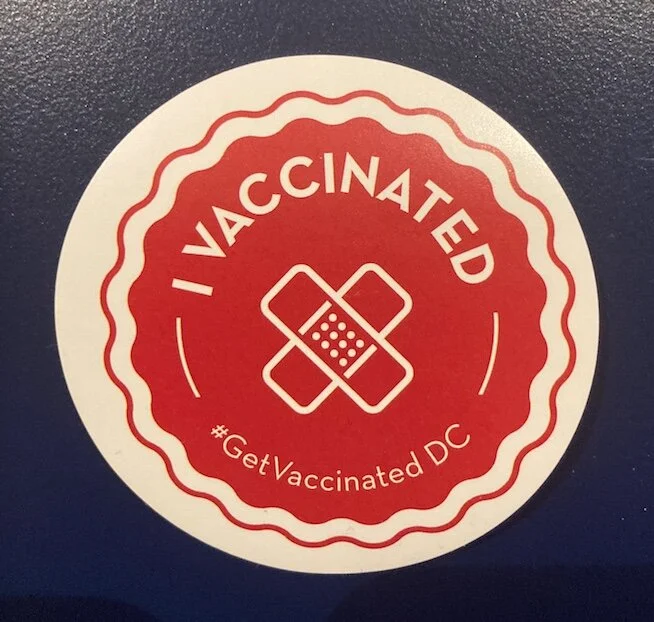

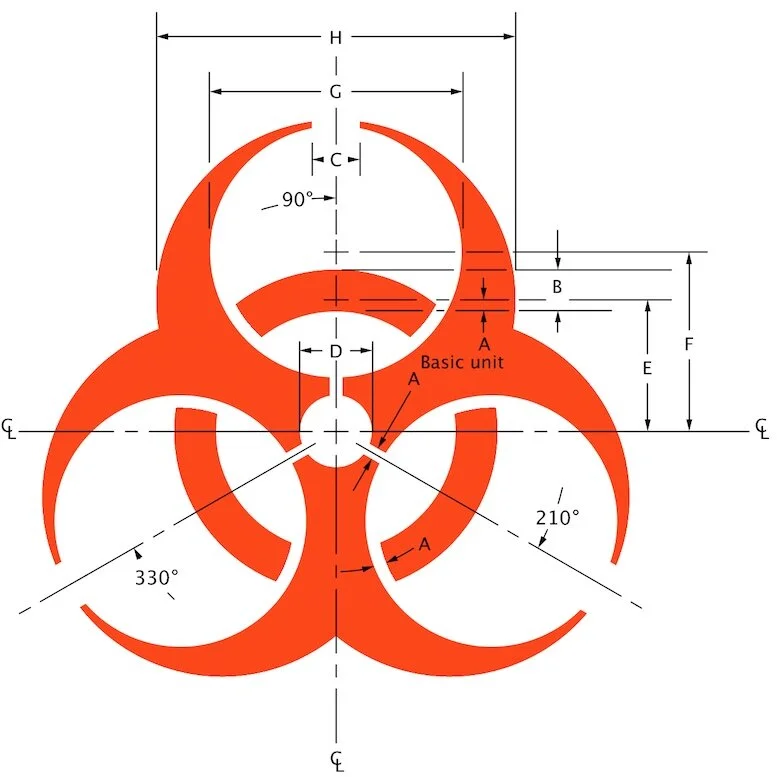
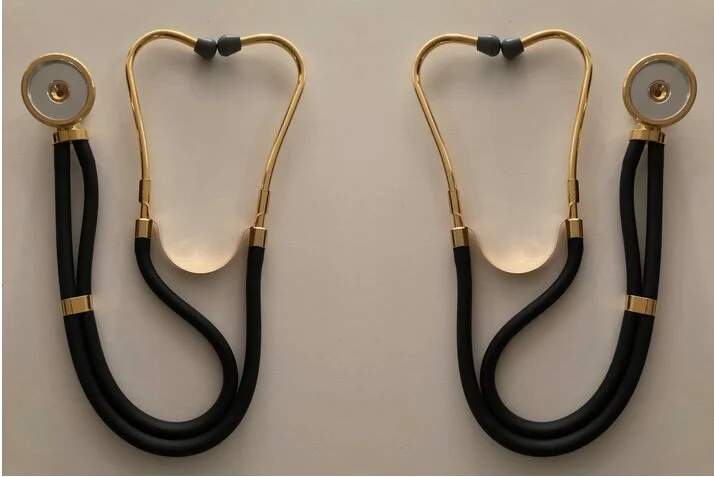




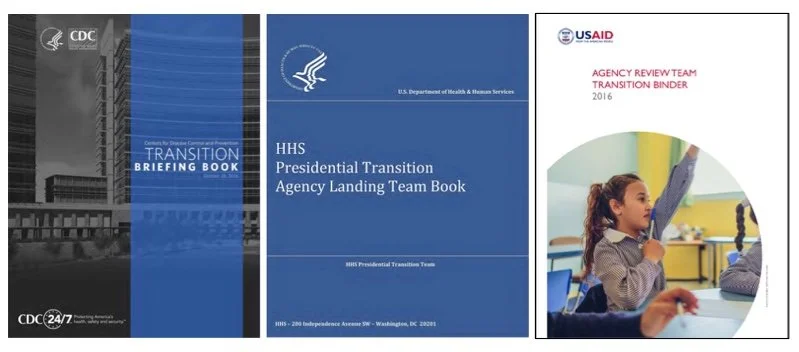
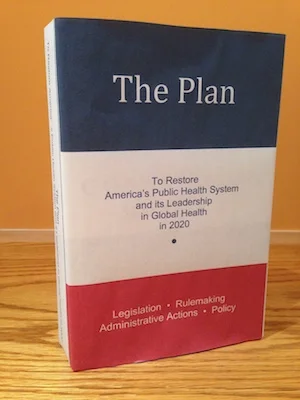
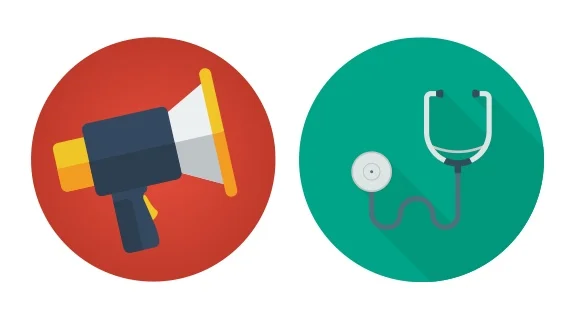





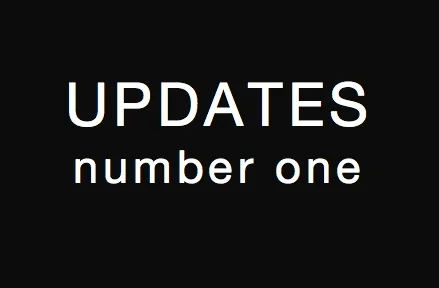

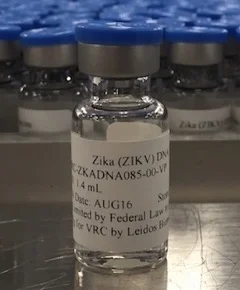
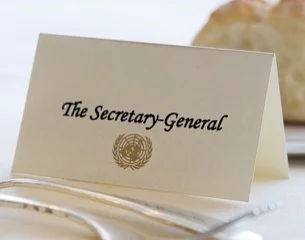
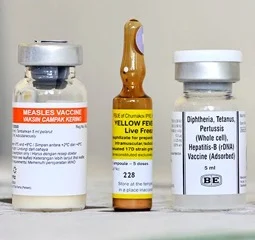

















End-of-year book lists are not including books about science, at a time when everyone needs to know more, not less, about science, and a time when we need to be more skeptical, not less, of the administration’s claims about science.